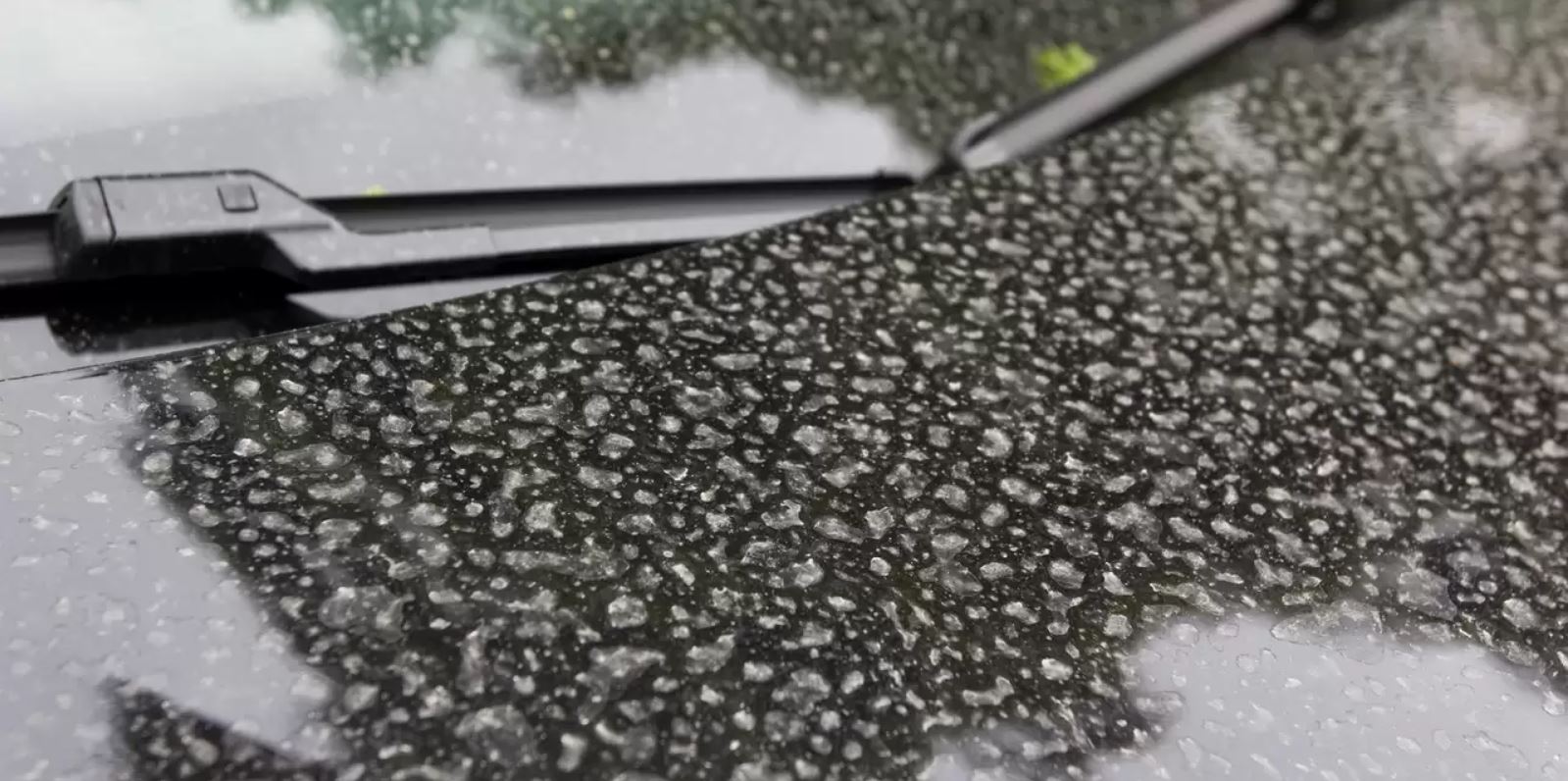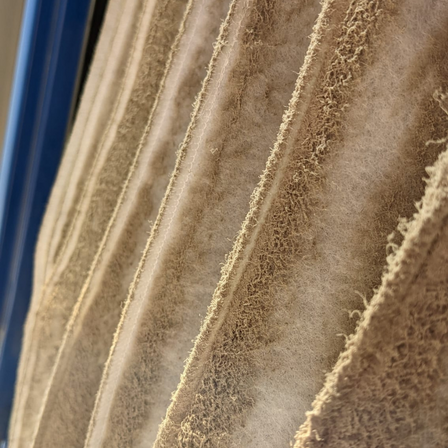Blog: Saharan dust is visible, but what about particulate matter?

Beautiful sunrises, a beautiful red sky and images of cities and landscapes in sepia tones. But also big ugly stripes on patio roofs, long queues for the car wash and a grainy feeling in your throat.
Saharan dust
Saharan dust is a natural phenomenon that occurs several times a year in Europe, especially in spring. Sometimes almost unnoticed. But sometimes in such high concentrations that it filters the sunlight, colors the horizon and covers everything with yellow-red dust. The saharan dust of recent times have brought dust to everyone’s lips, literally. The air tastes of sand and desert. Also one of these days a cloud of saharan dust is heading our way again.
Mineral dust in the atmosphere
Saharan dust consists of tiny particles of mineral dust, on average only five to ten micrometers in size. They can rise to an altitude of three miles in the atmosphere and stay there for up to six months if there is no wind. When the wind picks up, the sands of the Sahara are scattered all over the world.
Invisible Pollution
Saharan dust is clearly visible and unfortunately provides the necessary cleaning work. But luckily it can be easily removed in the car wash or with a pressure washer. However, the tiny grains from the desert aren’t the only thing floating in the air. Without being aware of it, you breathe polluted air on a daily basis that you cannot see with the naked eye.
Particulate Matter
An example of this is particulate matter. Particulate matter, the main cause of air pollution, has two sources: natural sources and anthropogenic sources.
Natural: these include particles from landslides or volcanic eruptions, but also so-called marine aerosols. These are liquid or solid salt crystals produced by phytoplankton emissions and contribute to the formation of droplets or clouds in the atmosphere. Particulate matter of natural origin also includes pollen, fungal spores and bacteria.
Anthropogenic: these aerosols come mainly from the exhaust gases of diesel engines, the chimneys of industrial plants and power stations and domestic heating systems. In addition, particles are released from brake dust, car tires and the road surface.
Effects on health
In general, the smaller the dust particles, the greater the risk of getting sick. Simply because they can penetrate deeper into the airways than larger particles. Ultrafine particles can penetrate into the bloodstream through the alveoli and spread through the blood in the body. In the alveoli, respiration and circulation are functionally and anatomically very closely linked. Therefore, diseases of one system – such as inflammatory changes in the airways – can also affect the other system, namely the heart or the circulatory system.

What is lying around on this floor is coarse dust. What you often do not see with the naked eye is the fine dust that moves through the air.
From the outside in
Polluted outside air also enters the indoor air through ventilation, leaking windows, open doors. But also by, for example, fouling on shoes, clothing and equipment. Also, the dust concentration can be significantly increased by additional emission sources – such as office equipment or by sanding, cutting and grinding dust in the industrial sector – especially the ultra-fine particles. Because the dilution effects in the indoor air are smaller than in the outdoor air, the particulate matter pollution in the indoor air is often higher than in the outdoor air.
Air cleaning provides air
Professional dust extraction systems such as the DFI 8500 support companies worldwide in the logistics sector, the packaging industry, woodworking, the recycling sector and many other areas in the fight against harmful particulate matter.
Would you like more information about this blog? Please contact us at request@euromate.com or 076-5789567.







